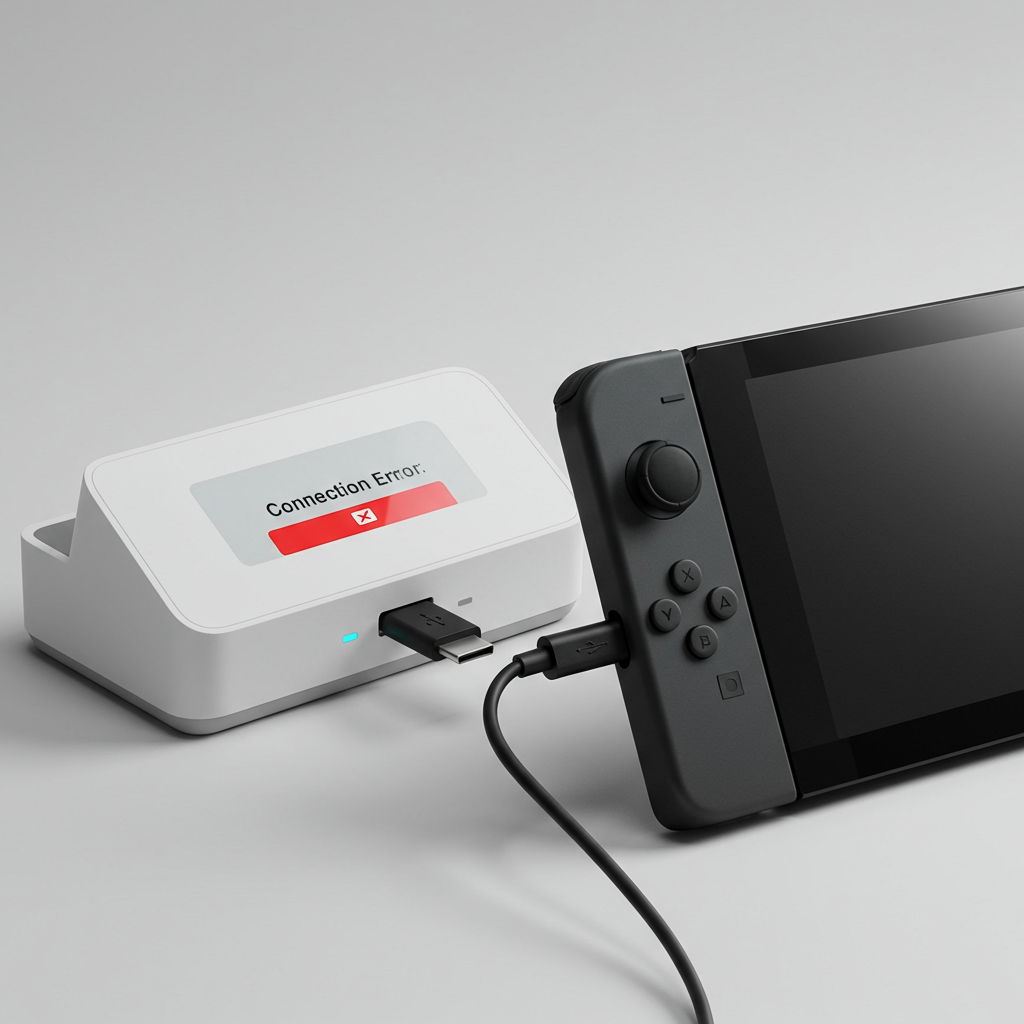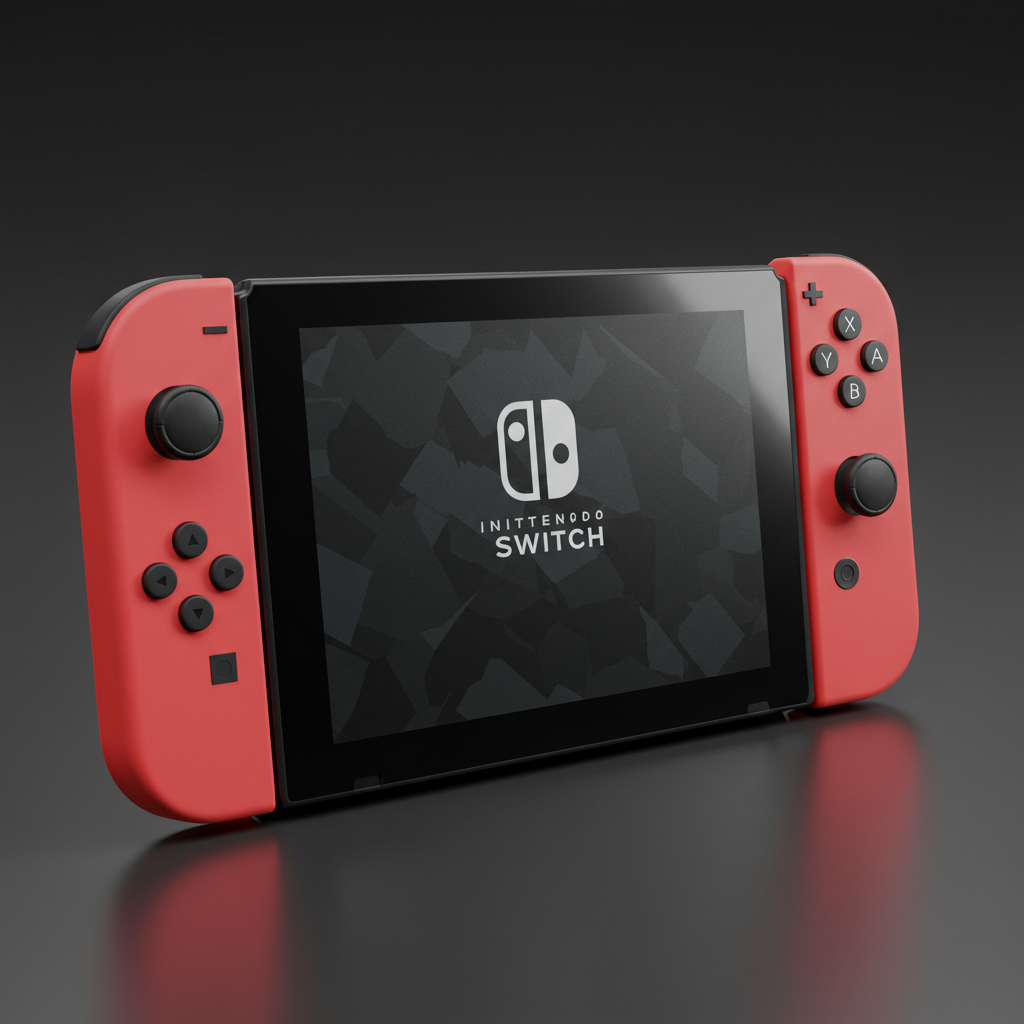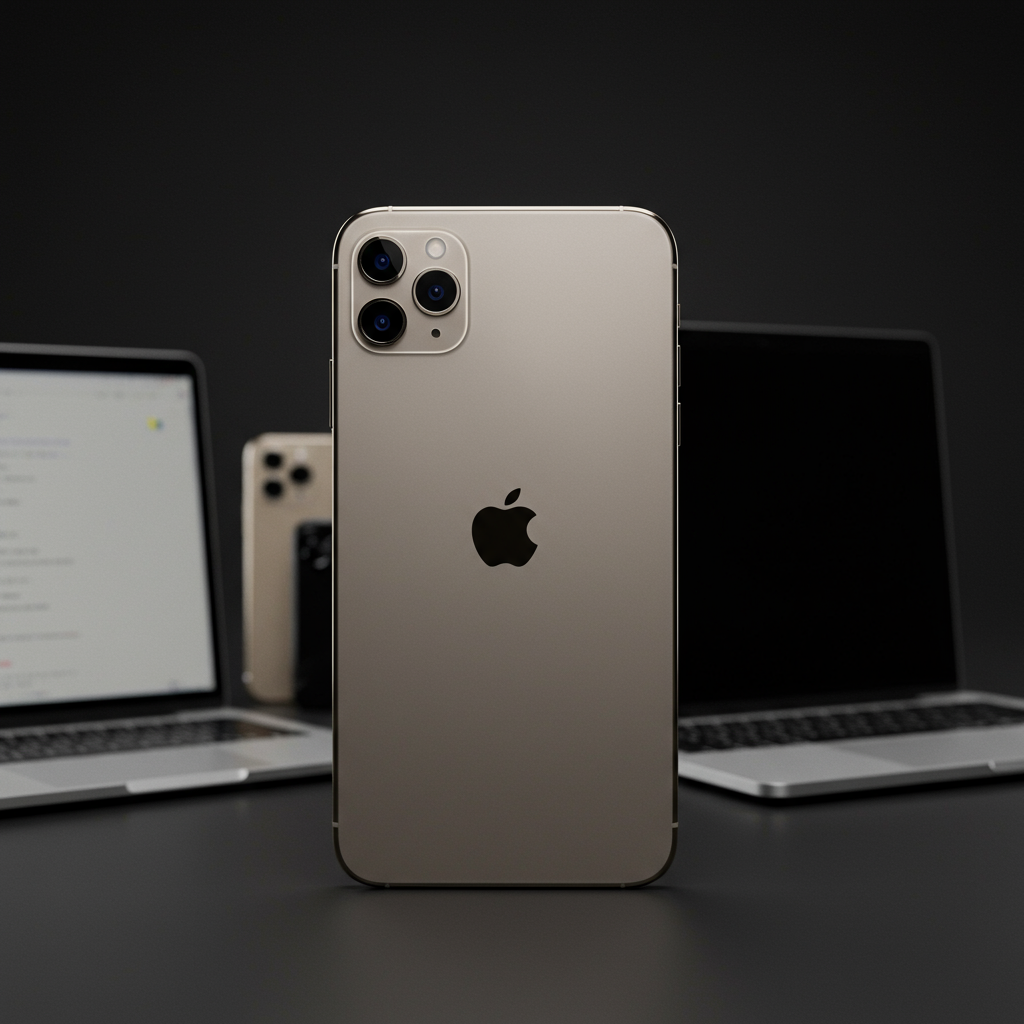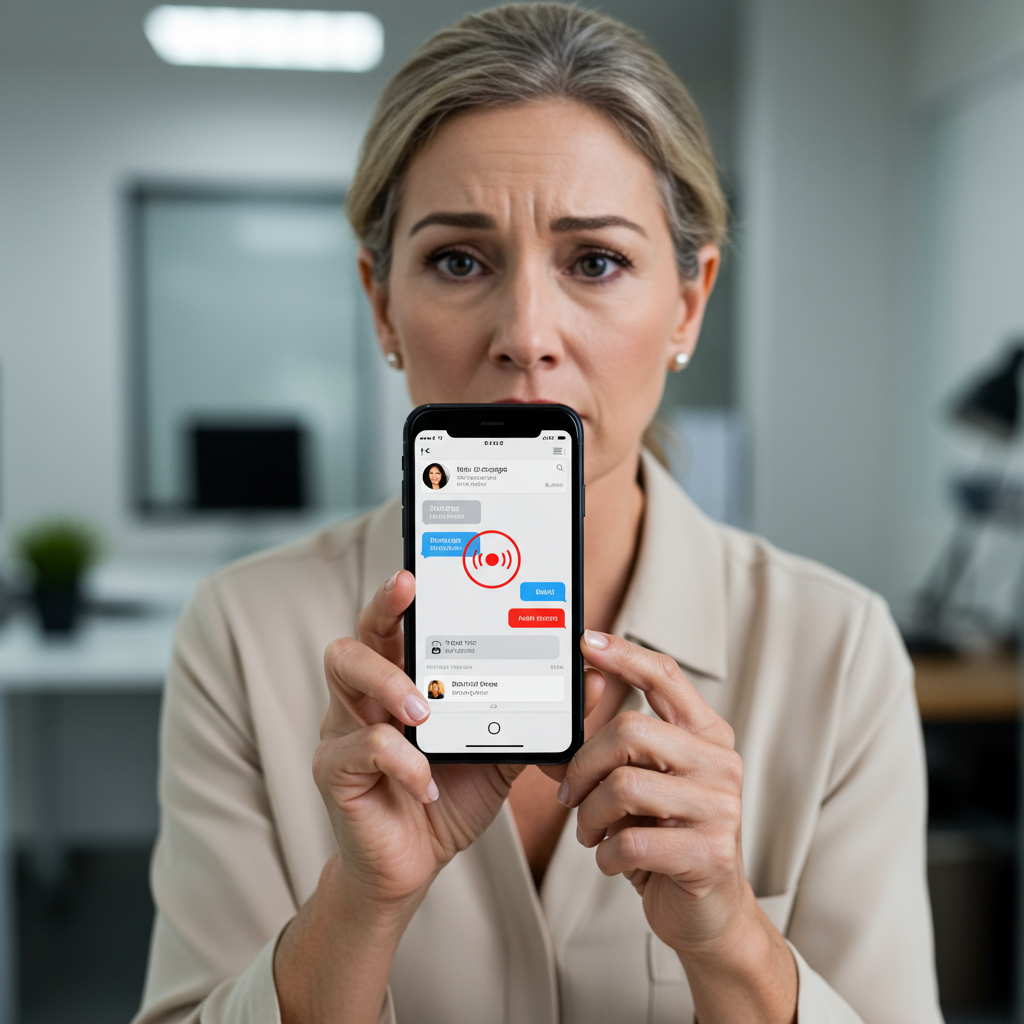The arrival of the upgraded nintendo switch 2 console brings exciting performance enhancements and a sleeker design. However, eager gamers discovered an immediate and significant hurdle: widespread incompatibility with existing third-party docks and even the official first-generation Switch dock. Nintendo has implemented strict measures that essentially create a “walled garden” for docking, forcing users to rethink how they connect their new consoles to a TV. If you relied on affordable or portable third-party docks for travel or multi-room setups with your original Switch, get ready for an unexpected expense.
Why Your Old Switch Docks Are Obsolete
The primary culprit behind this incompatibility isn’t just a simple hardware change; it’s a deliberate technical lockdown by Nintendo. The Switch 2’s USB-C port is now protected by proprietary protocols, intricate firmware-level authentication checks, and likely dedicated encryption chips. This means the console no longer communicates using standard, publicly defined USB-C Power Delivery (PD) and DisplayPort protocols the way previous models or most other USB-C devices do.
Testing by technical experts using specialized USB-C analysis tools has revealed that the Switch 2 and its new official dock engage in a complex handshake involving dozens of proprietary “vendor-defined” and “unstructured” messages before enabling video output. Standard USB-C docks lack the ability to understand or send these specific Nintendo-coded signals, causing the negotiation process to fail and preventing TV mode activation.
Beyond the new authentication handshake, there’s also an increased power requirement hurdle. While the Switch 2 reportedly operates internally at 15V, it appears to require the connected dock to be capable of offering a 20V power profile during the initial negotiation to unlock TV mode. This is a step up from the 15V needed by the original Switch and many other portable gaming handhelds. Existing docks designed for lower voltage profiles or those that don’t properly signal 20V capability won’t work, even if they could somehow bypass the authentication.
The Pitfalls of Early Third-Party Solutions
Naturally, some accessory makers have attempted to rush out “Switch 2-compatible” docks. However, initial reports from users and accessory companies themselves paint a picture of instability and unreliability. Many of these early third-party options are “hit-or-miss,” frequently exhibiting flaky video output, charging glitches, or even failing completely after system updates.
One reported exception, the Antank S3 Max (also known as the SiWiQU TV Dock Station), currently seems to work. Intriguingly, analysis suggests this dock succeeds by mimicking Nintendo’s proprietary communication handshake. However, its functionality is precarious; accessory makers anticipate that Nintendo could easily break compatibility with such workarounds through future Switch 2 firmware updates by changing the authentication key or method. Relying on these solutions comes with significant risk.
The Risks of Using Unofficial Docks
Attempting to force compatibility with non-certified docks isn’t just likely to fail; it carries serious risks for your new console. Using an unsupported dock could potentially:
Damage or ‘Brick’ the Console: Incorrect voltage or power delivery could harm internal components.
Cause Overheating: Some third-party designs might block the Switch 2’s bottom vents without providing adequate alternative cooling, leading to thermal issues, especially during demanding gameplay.
Result in Connectivity Issues: Unstable handshakes can cause intermittent video dropouts or charging problems.
Lead to Account Bans: Nintendo’s system checks for dock authentication at both software and hardware levels. Using accessories flagged as unsupported, particularly during online play, could potentially violate terms of service and lead to account suspensions.
Nintendo has stated that these restrictions are a safety measure, aiming to prevent issues like the console bricking that occurred with some cheap, unregulated third-party docks on the original Switch. While safety is a valid concern, the implementation also undeniably locks users into purchasing official Nintendo accessories.
Limited Compatibility & The VRR Conundrum
Nintendo’s support pages are clear: Only the new, dedicated Switch 2 dock is compatible for TV output. Neither the original Switch dock nor previous third-party options are supported. This means if you had setups in multiple rooms or a dedicated travel dock, you’ll need to invest in additional official Switch 2 docks.
Interestingly, the compatibility limitations seem primarily focused on docking and video output via USB-C. Reports suggest that other third-party accessories like officially licensed pro controllers and USB headsets connected via USB-C may still function without issue.
There’s also a peculiar situation regarding Variable Refresh Rate (VRR). Technical testing indicates that the new Switch 2 dock hardware itself is VRR-capable, even supporting high specifications like 4K/120FPS with VRR and HDR when tested with other compatible handheld devices like the Steam Deck or ROG Ally X. However, despite the dock’s capability, the Switch 2 console currently only supports VRR in handheld mode, according to Nintendo’s official clarification. You cannot currently utilize VRR on a compatible display when the Switch 2 is in its dock. This suggests a software or firmware limitation on the console side for docked mode, separate from the dock’s hardware capabilities.
The Cost and E-Waste Problem
The necessity of purchasing the official Switch 2 dock comes with a significant cost. While pricing varies by region (e.g., around ₹8,000–₹10,000 in India based on the original article), it’s a substantial expense, especially compared to the typically more affordable third-party alternatives.
Furthermore, Nintendo’s decision creates a considerable e-waste problem. Thousands, if not millions, of previously functional third-party Switch docks and chargers are now rendered useless for docking the new console simply due to a change in protocol and authentication. Nintendo has not yet announced any trade-in or recycling program for these obsolete accessories, exacerbating the environmental impact.
What Should New Switch 2 Owners Do?
Given the technical restrictions and the risks associated with unsupported hardware, the safest and most reliable option for connecting your Nintendo Switch 2 to a TV is to purchase the official Switch 2 dock. While expensive, it’s the only guaranteed solution that won’t risk damaging your console or leading to potential account issues.
If you’re hoping for reliable third-party alternatives, you’ll need to be patient and cautious. Accessory makers like Jsaux are developing new docking stations specifically designed to meet the Switch 2’s new requirements, including the 20V power profile and the complex authentication process. Wait for reputable companies to release products explicitly marketed and proven compatible with the Switch 2. Be wary of products claiming compatibility without strong technical backing or the ability to receive firmware updates.
For now, navigating the Switch 2’s connection options means sticking to official gear. While frustrating for consumers used to more open compatibility, it’s the path Nintendo has chosen for its new console generation.
Frequently Asked Questions
Why don’t my old Nintendo Switch docks and chargers work with the new Switch 2?
The new Switch 2 uses a proprietary system for its USB-C port, specifically for docking and video output. It requires a complex, encrypted communication handshake and specific power profiles (including offering 20V) that older official docks and most third-party accessories are not designed to handle. Nintendo has implemented firmware-level checks that prevent unauthorized docks from enabling TV mode.
Is it safe to use a third-party dock with my new Nintendo Switch 2 console?
Currently, using uncertified third-party docks is not recommended. Early attempts by accessory makers have proven unstable and vulnerable to being blocked by Nintendo’s firmware updates. More importantly, using a dock that doesn’t meet the Switch 2’s specific power and communication requirements could potentially damage your console, cause overheating, or lead to connectivity problems. Stick to the official dock for safety and reliability.
Does the Nintendo Switch 2 support VRR (Variable Refresh Rate) when docked to a TV?
No, currently the Nintendo Switch 2 console only supports VRR in handheld mode. While the official Switch 2 dock hardware is capable of supporting VRR (demonstrated by testing with other devices), Nintendo has stated that VRR functionality for the console is limited to handheld play. You cannot take advantage of VRR on a compatible display when the Switch 2 is connected to its dock.




